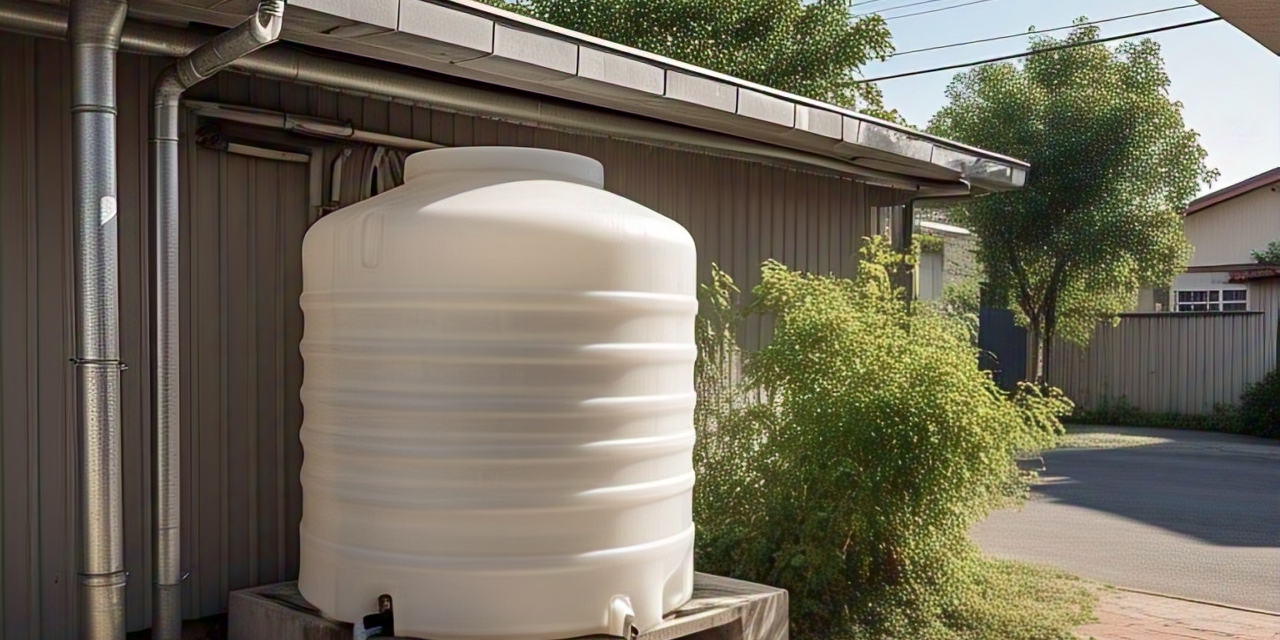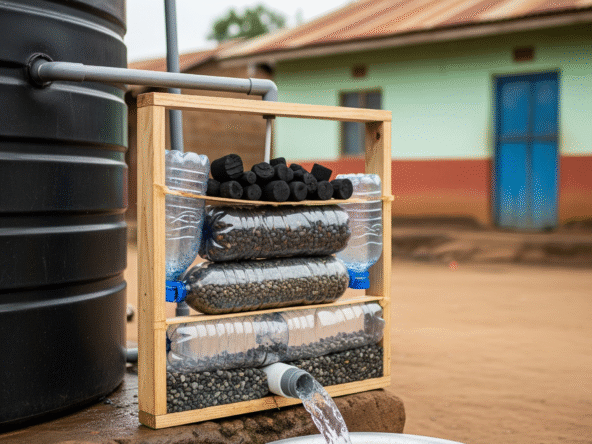As Kenya continues to experience seasonal droughts and inconsistent water supply, rainwater harvesting has become an increasingly popular solution for both rural and urban households. Capturing and storing rainwater not only ensures a more reliable supply but also reduces water bills and reliance on municipal services.
This guide outlines how to build an effective, safe, and sustainable rainwater harvesting system tailored to Kenyan homes and businesses.
Why Rainwater Harvesting Matters
- Reduce dependency on piped water or expensive vendors
- Lower water bills in urban areas
- Support gardens, livestock, and home use during dry seasons
- Promote sustainability and eco-friendly building practices
Rainwater harvesting is ideal in areas like Kiambu, Kitengela, Kajiado, and Machakos where water supply can be intermittent.
Basic Components of a Rainwater Harvesting System
To harvest rainwater efficiently, you’ll need:
- Catchment Area – Usually the roof
- Gutters & Downpipes – To direct water from roof to tank
- First Flush Diverter – Filters out dirt and debris
- Storage Tank – Can be above-ground, underground, or portable
- Pump or Gravity Feed System – To access stored water
Optional add-ons:
- Filtration unit for potable use
- Overflow pipe for redirection
Choosing the Right Water Tank
When storing rainwater, the water storatge tank’s material, size, and placement matter:
Recommended Tank Types:
- Plastic/poly tanks – Affordable, UV-resistant (Kentank, Toptank, Roto)
- JoJo tanks – Great for rural setups
- Cistern tanks – Ideal for underground collection
- Slimline tanks – For narrow or small spaces
- IBC water tanks – Budget-friendly, up to 1,000L
Sizes:
| Rainfall Frequency | Ideal Tank Size |
|---|---|
| Frequent/Urban | 1,000 – 3,000 L |
| Moderate/Rural | 3,000 – 5,000 L |
| Infrequent/Dry | 5,000 – 10,000 L |
Installation Tips for Kenyan Homes
- Position tank near roof downpipes
- Use a first flush diverter to keep water clean
- Elevate tanks if gravity-fed system is preferred
- In rural areas, use roto tanks with taps or connected hose pipes
- Ensure solid base (concrete slab or steel stand)
Making Rainwater Safe for Use
Rainwater is great for cleaning, gardening, and flushing toilets, but may need treatment for drinking:
- Boil or treat water before consumption
- Use UV or charcoal filters
- Clean tanks every 6 months
- Keep tank sealed and shaded
For potable use, choose food-grade poly tanks and install additional filtration.
Budgeting Your Setup
| Item | Estimated Cost (KES) |
|---|---|
| Gutters and downpipes | 3,000 – 10,000 |
| First flush diverter/filter | 2,000 – 5,000 |
| Poly water tank (2,000L) | 14,000 – 24,000 |
| Basic pump | 5,000 – 15,000 |
| Total setup (est.) | 25,000 – 50,000 |
Prices vary based on location, tank size, and material.
Long-Term Benefits
- ROI within 1–2 years through saved water bills
- Increased property value
- Reliable supply during shortages
- Reduced pressure on municipal infrastructure
Conclusion: Smart, Sustainable, and Simple
Rainwater harvesting is a practical and eco-friendly solution for homes across Kenya. Whether you’re installing a basic 1,000-litre tank or setting up a complete system for your homestead, it’s an investment that pays off in security, savings, and sustainability.



